September 8-14, 2024
The busy in-between season
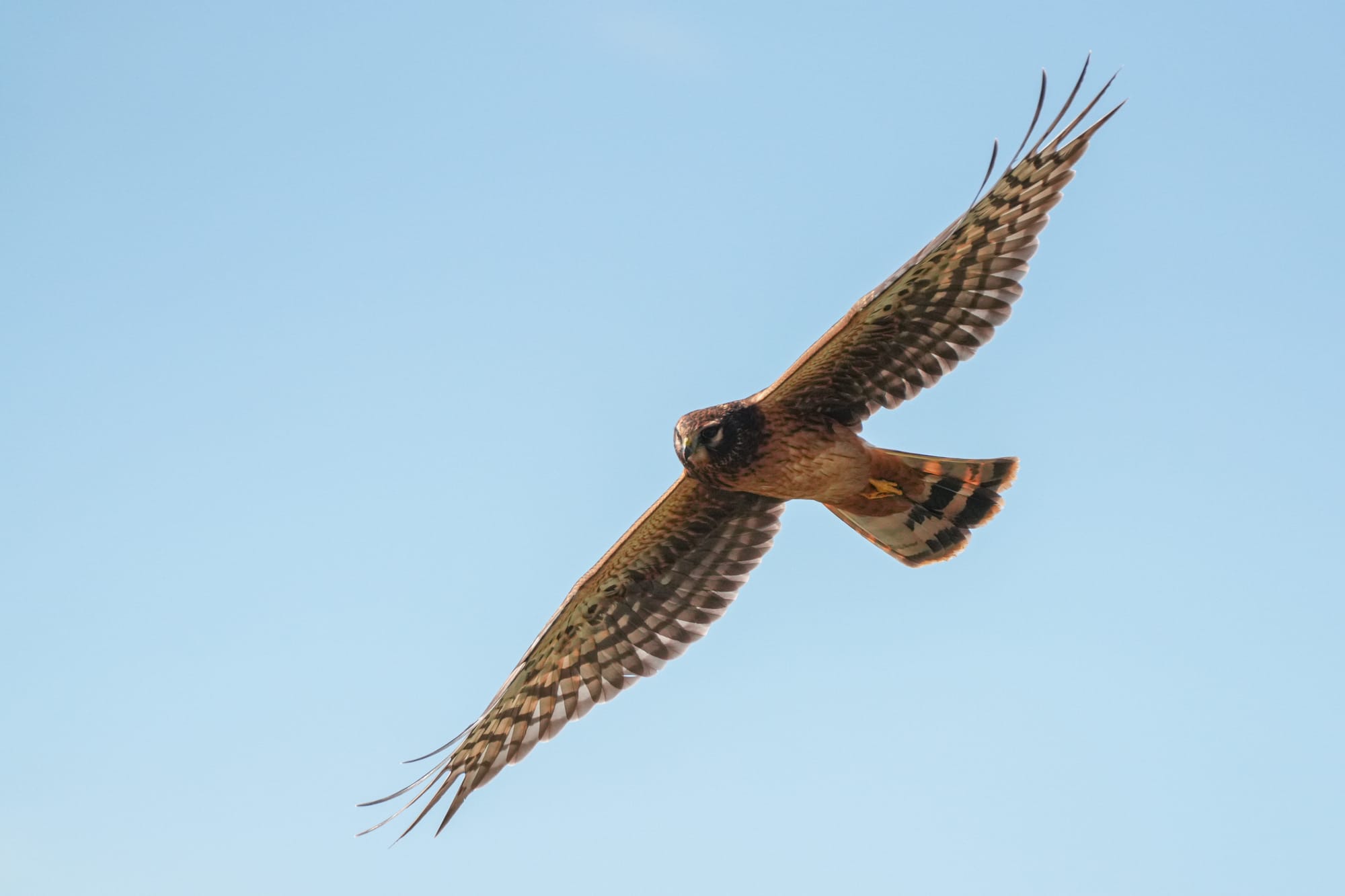
This has been another very dynamic week in the valley, with big shifts in weather and lots of bird activity.
Week in Review
This has been such a busy week that if I didn't have photos to remind me, it would be easy to forget all the changes we've been going through. For instance, the week started out smoky, then transitioned between periods of rain and brilliant sun with a splash of northern lights thrown in for good measure.
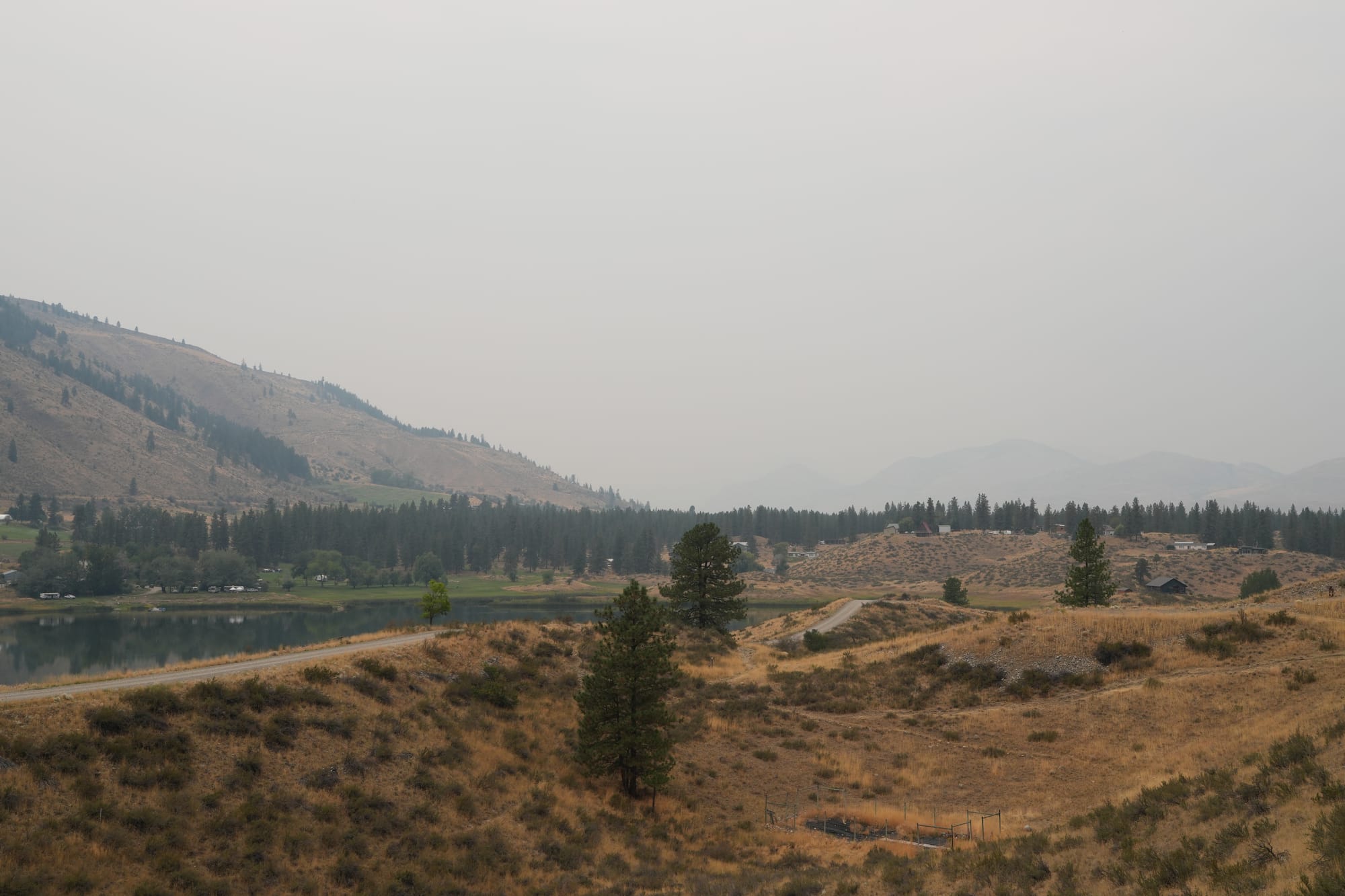
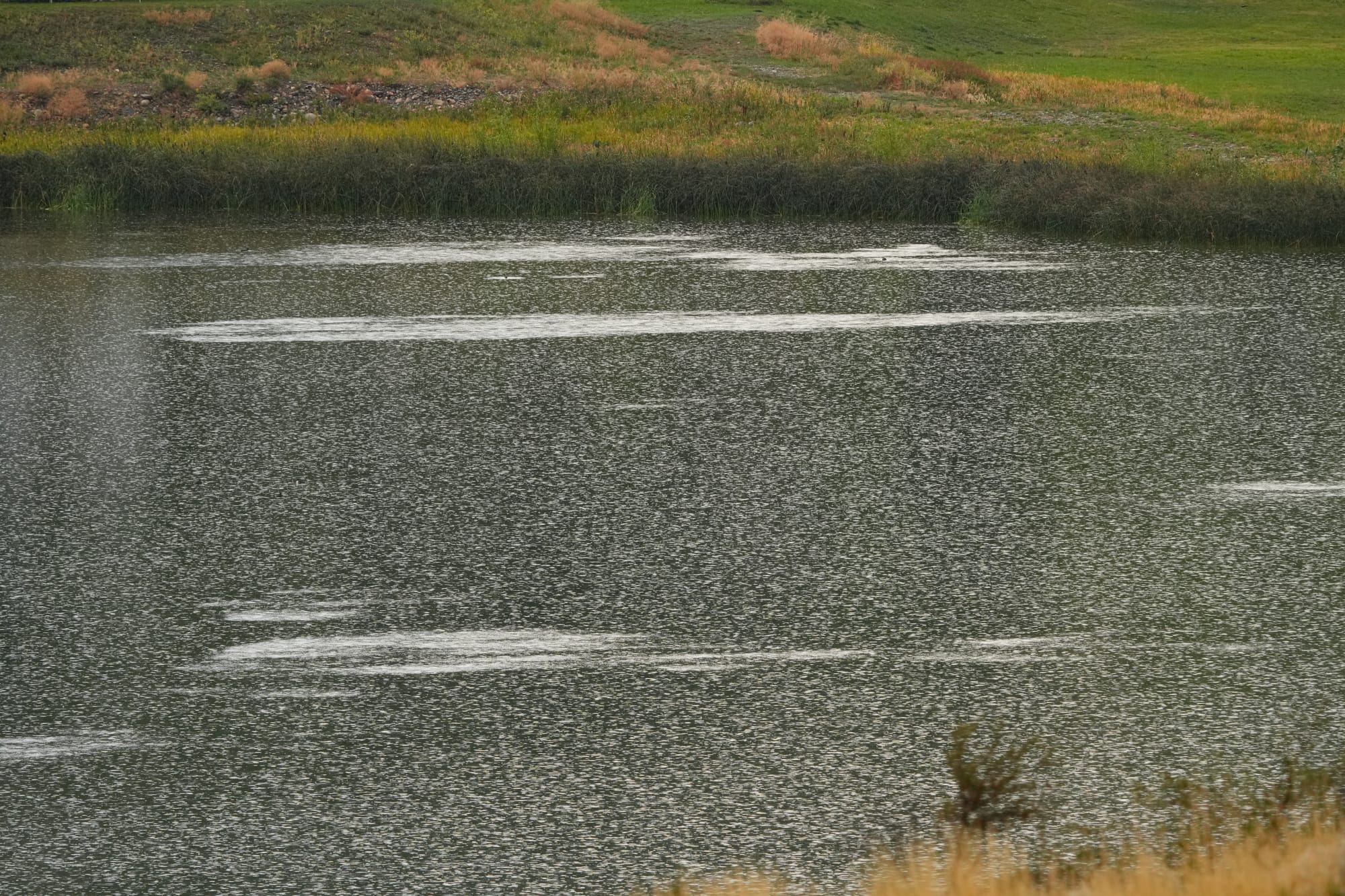
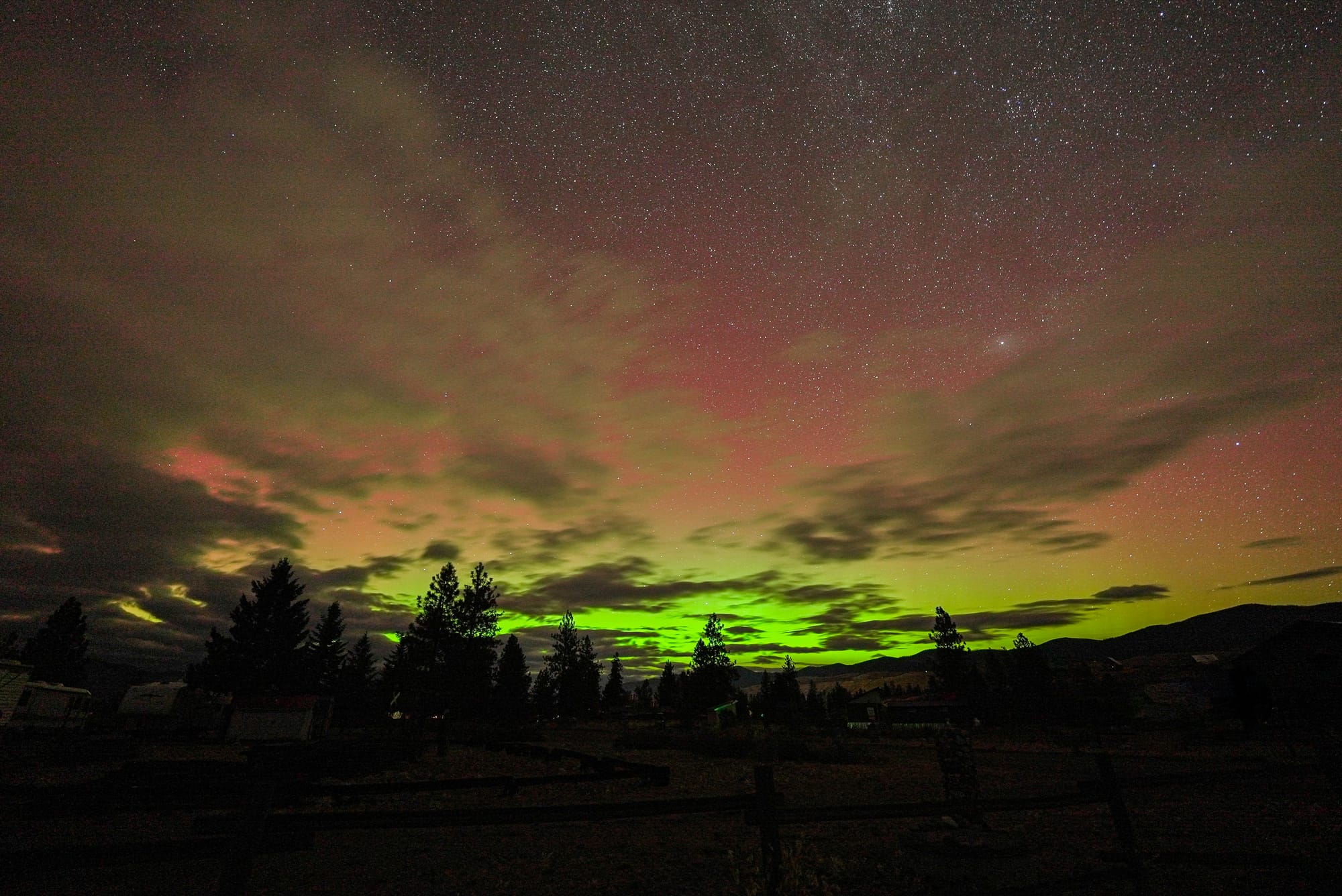
For another week in a row there has been a ton of bird activity in the valley. Some days there are so many little birds flitting around the yard that it's been super hard to sit at my desk and work (as I write this, there are probably over 100 birds in the yard right now!). The most common migrating birds seem to be yellow-rumped warblers, with dozens at a time hopping on the ground and flitting energetically between trees. And all this activity has been attracting flocks of western bluebirds, three species of nuthatches, lots of chickadees, a handful of woodpeckers, and many other small birds.
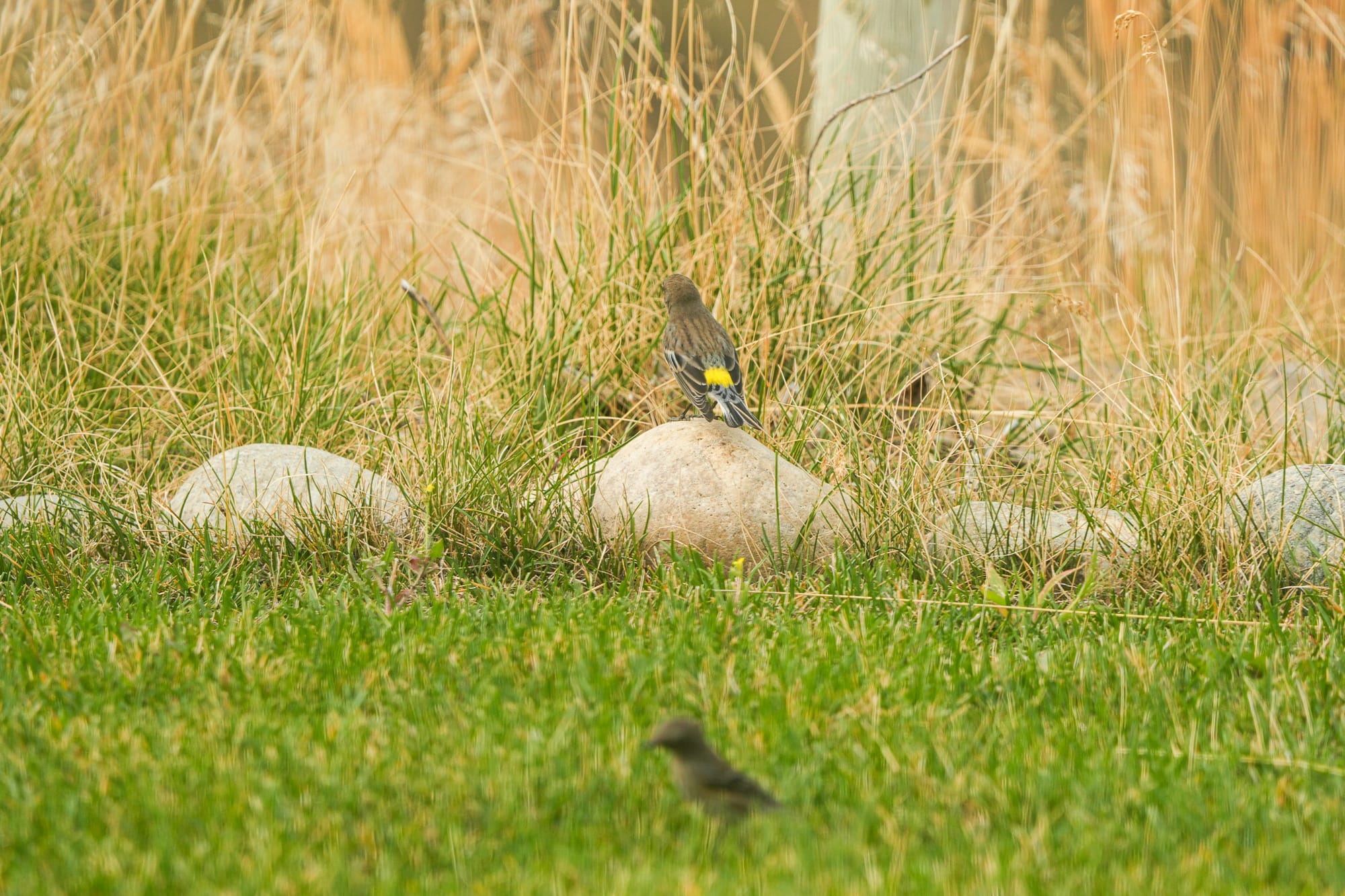
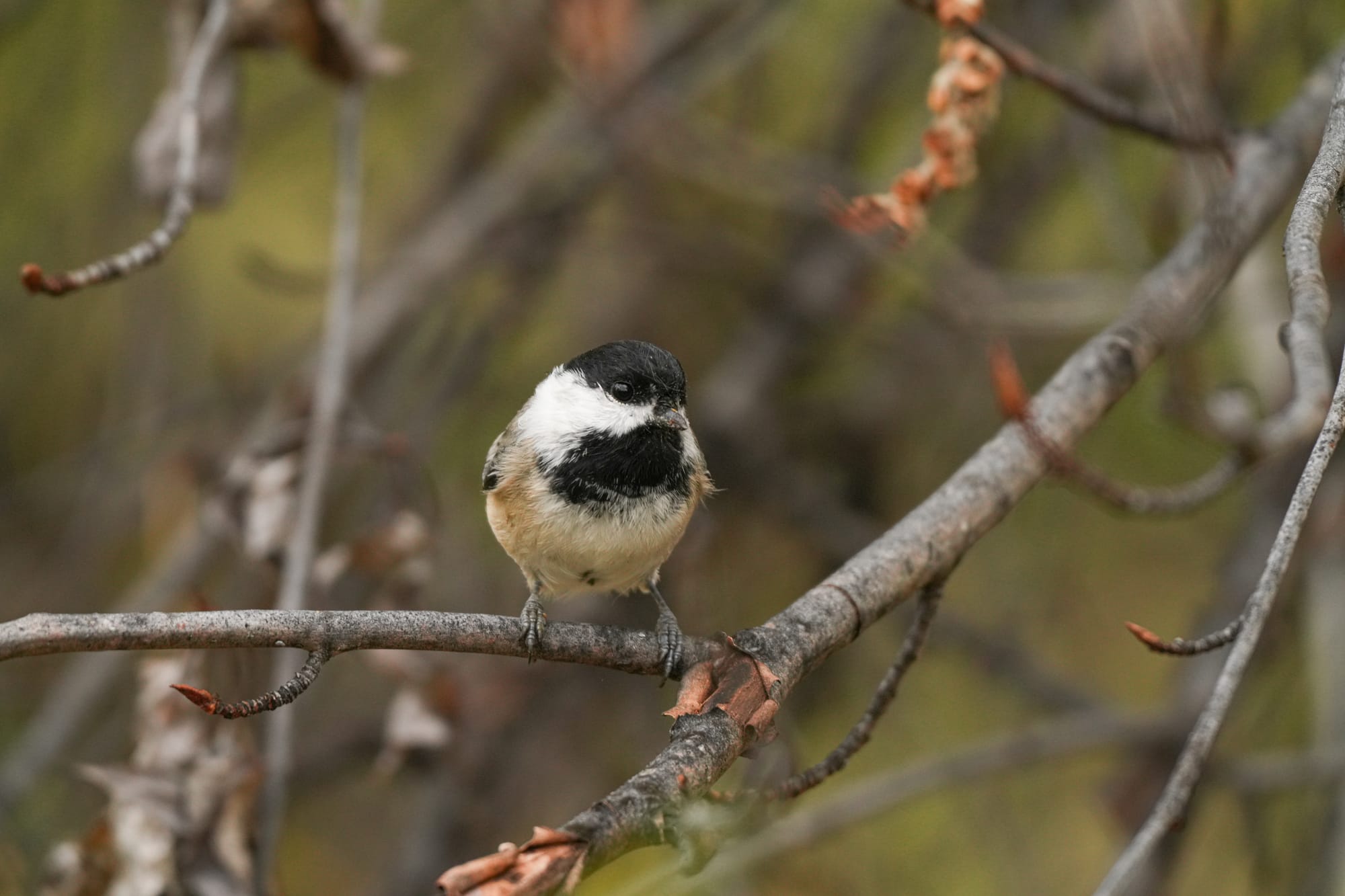
But the star of the show this week has to be the rare Sabine's gull hanging out at Pearrygin Lake, where it's being constantly disturbed by jet skis, swimmers, and boaters. This small gull breeds in the High Arctic, then migrates south over the open ocean. It only rarely shows up on interior lakes and there probably aren't many records of this bird in the Methow Valley.
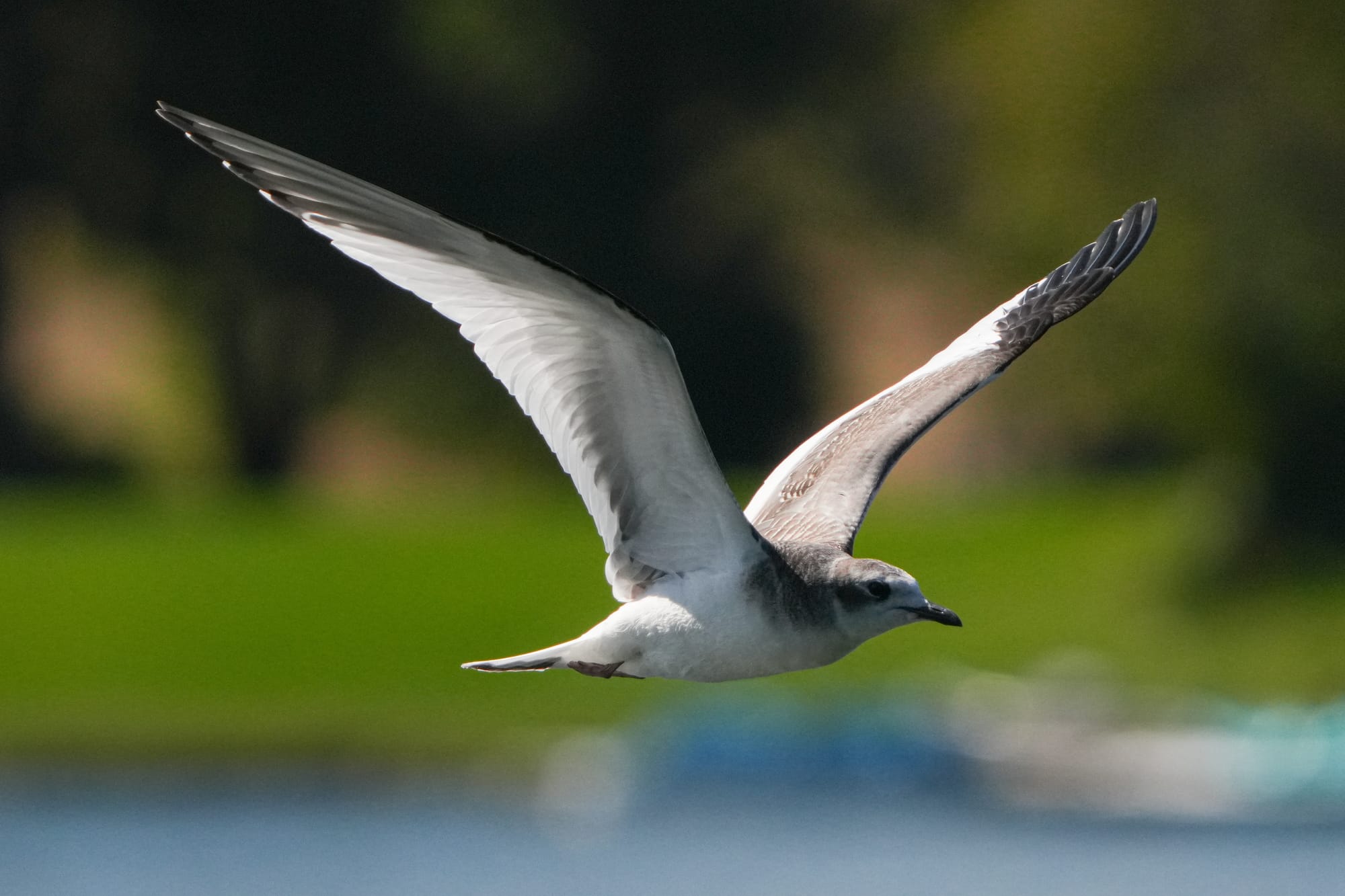
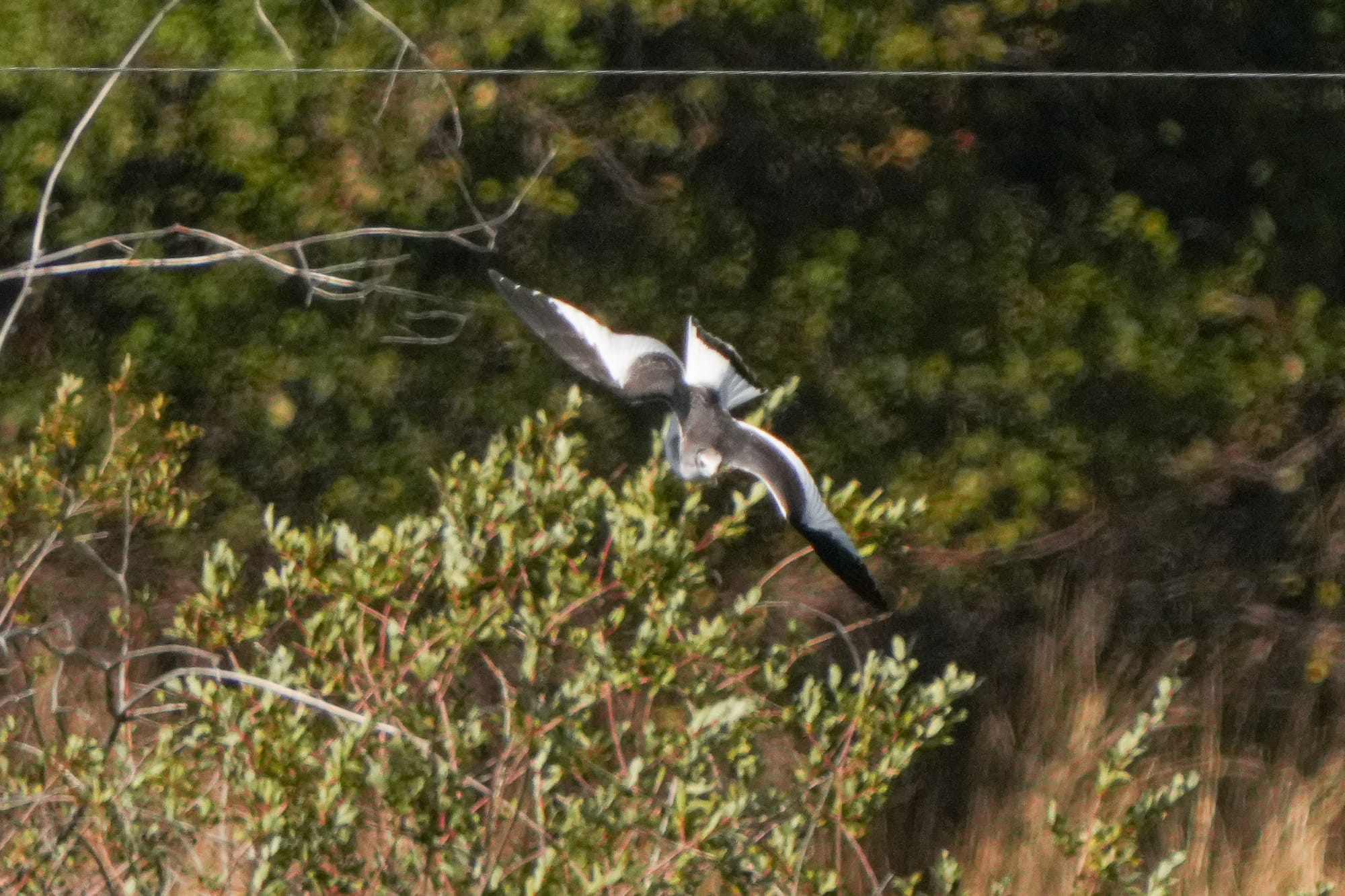
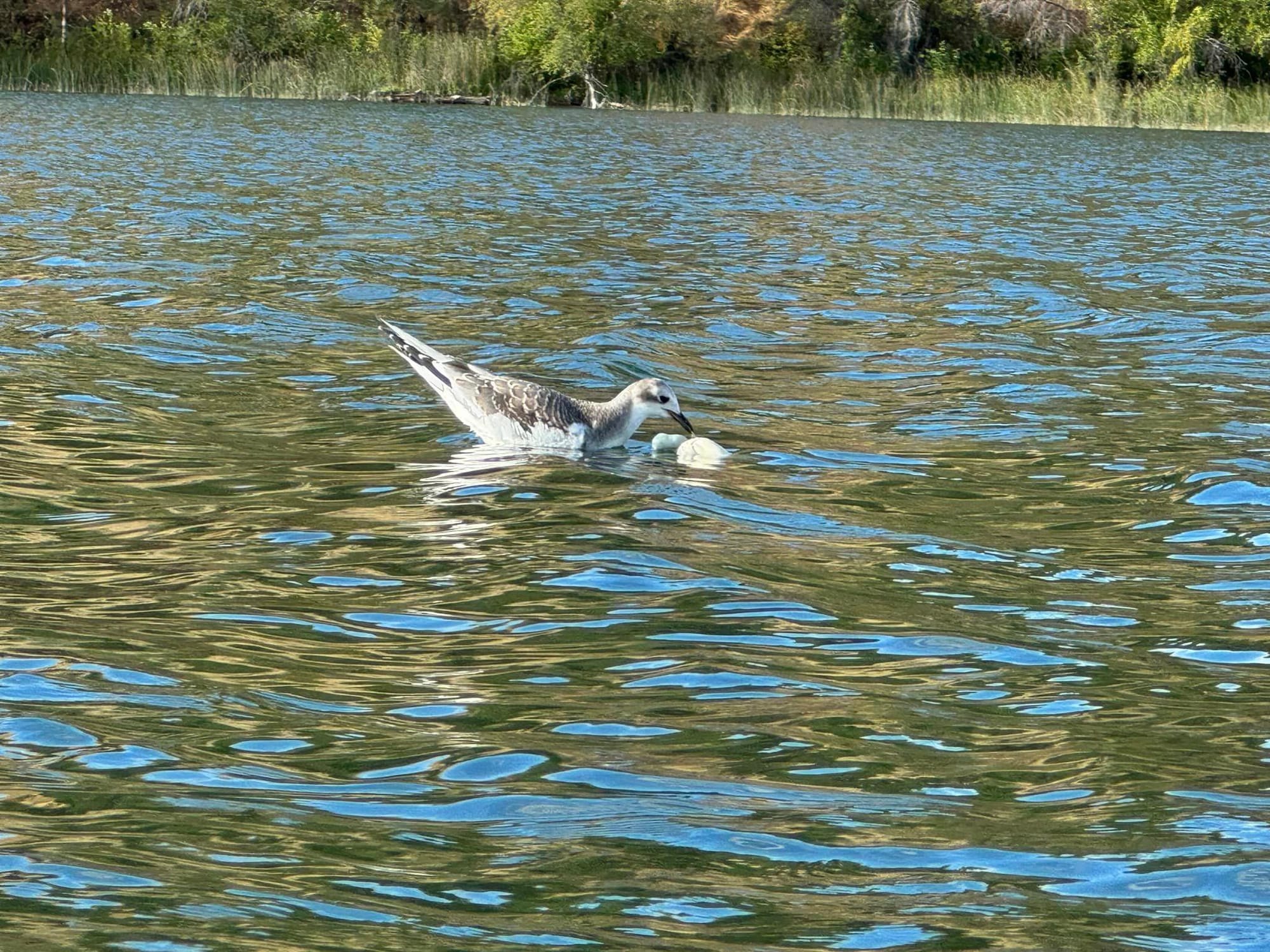
Another remarkable sighting was an American hornet moth, which is a near perfect mimic of a yellowjacket. In fact, this unusual moth was being photographed when a yellowjacket landed right next to it, illustrating how similar they are! I've never seen one of these moths, but their larvae live under the bark of willows and cottonwoods so they're probably common in the valley.
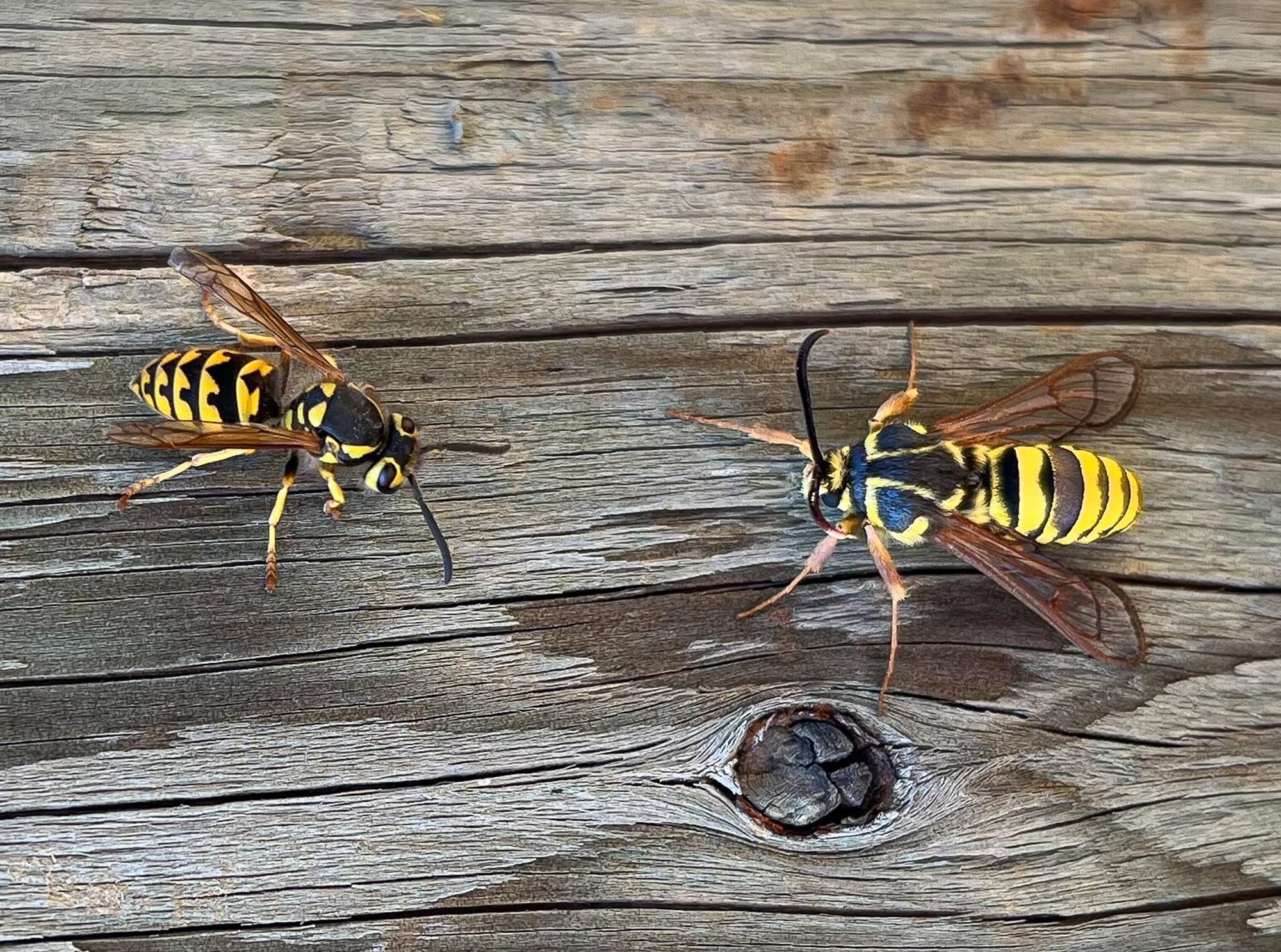
And finally, speaking of yellowjackets, this is a fun time of year to look for their nests as their colonies die back and leaves begin to turn and drop. Wasp nests can be works of art, but we rarely get close enough to appreciate them during the summer.
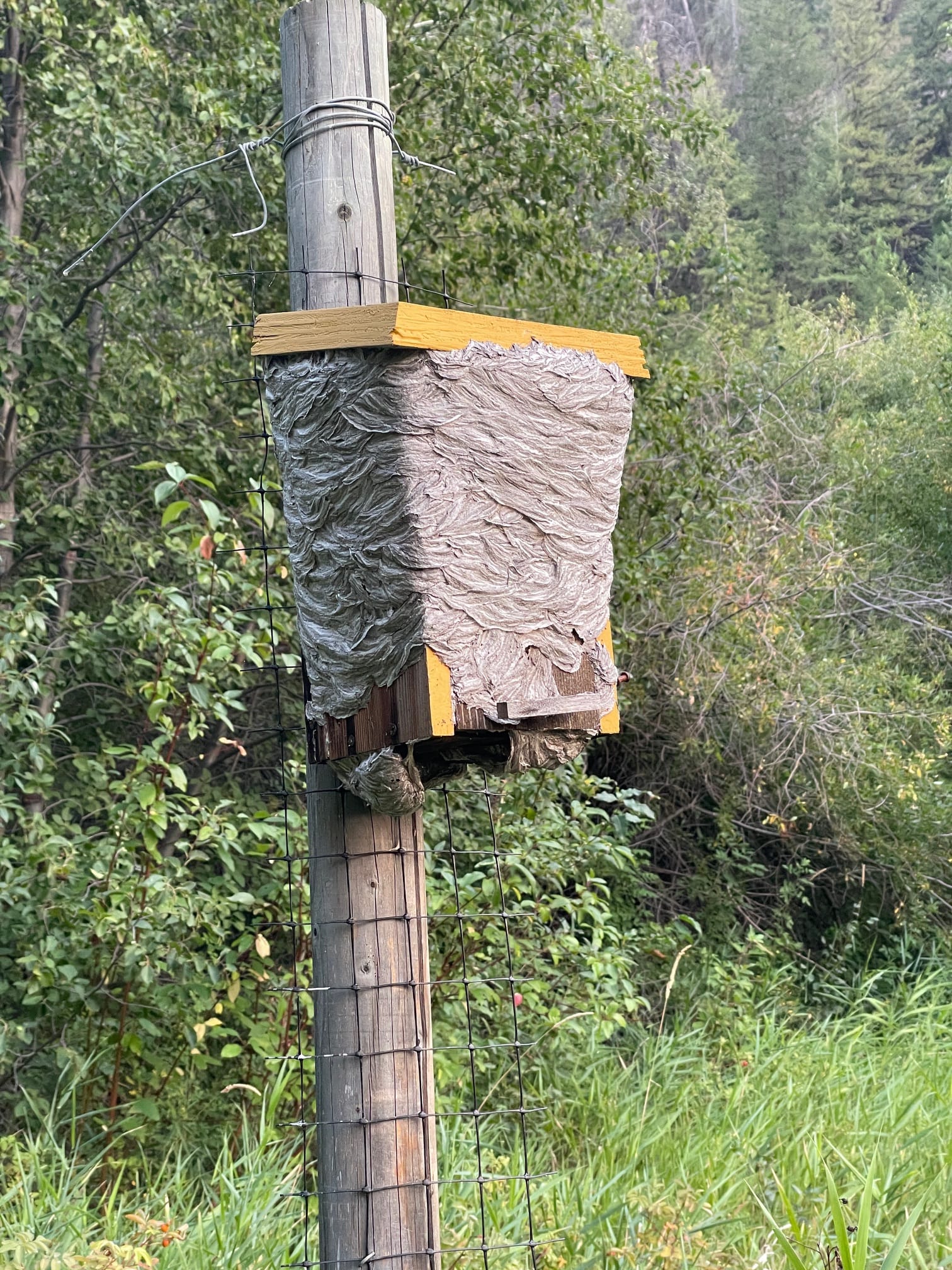
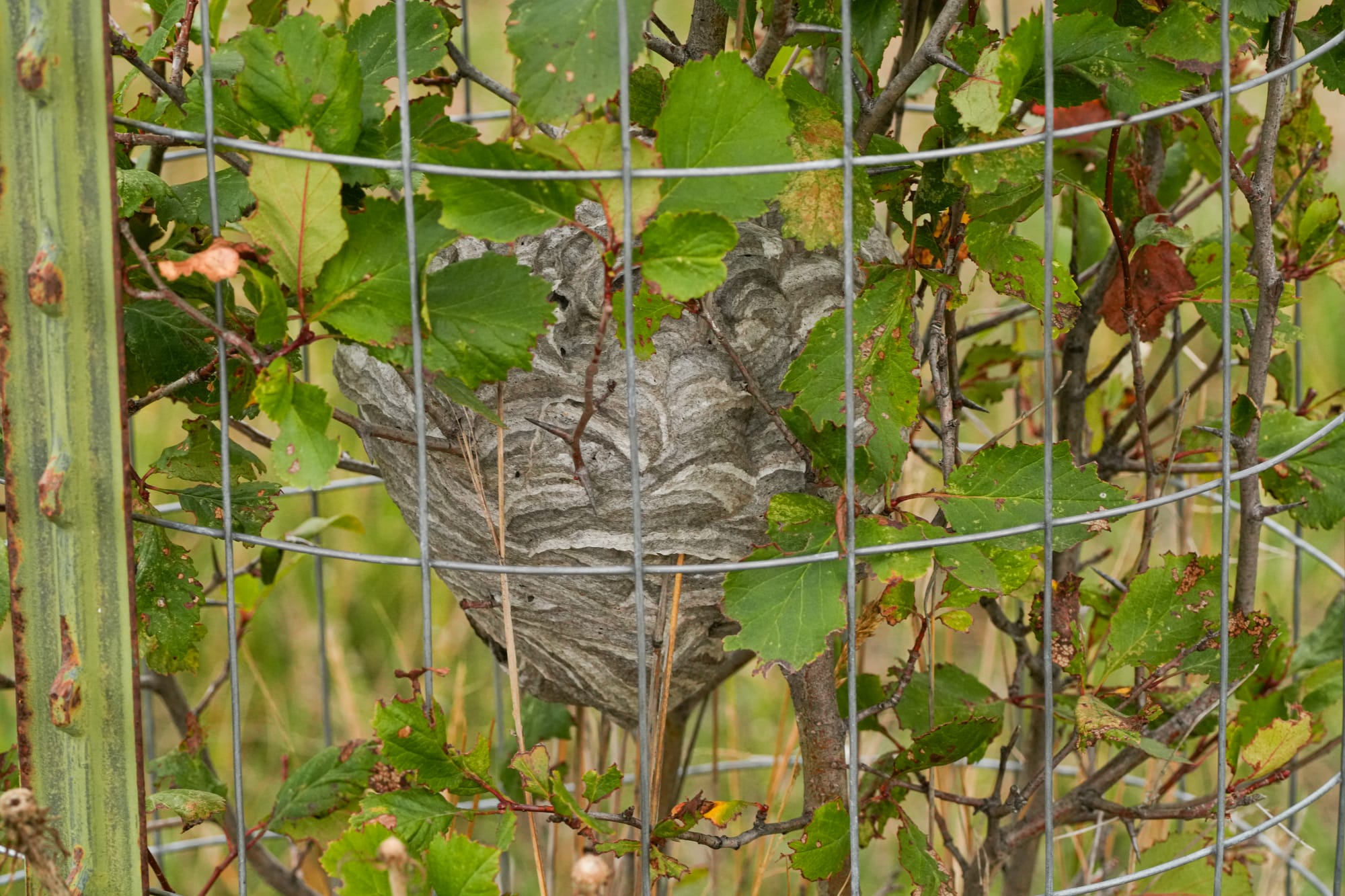
Observation of the Week: Starts with Spores
The transformation from the greens of summer to the yellows, oranges, and reds of autumn is just getting started—but there's a subtle intermediate step that is easily overlooked.
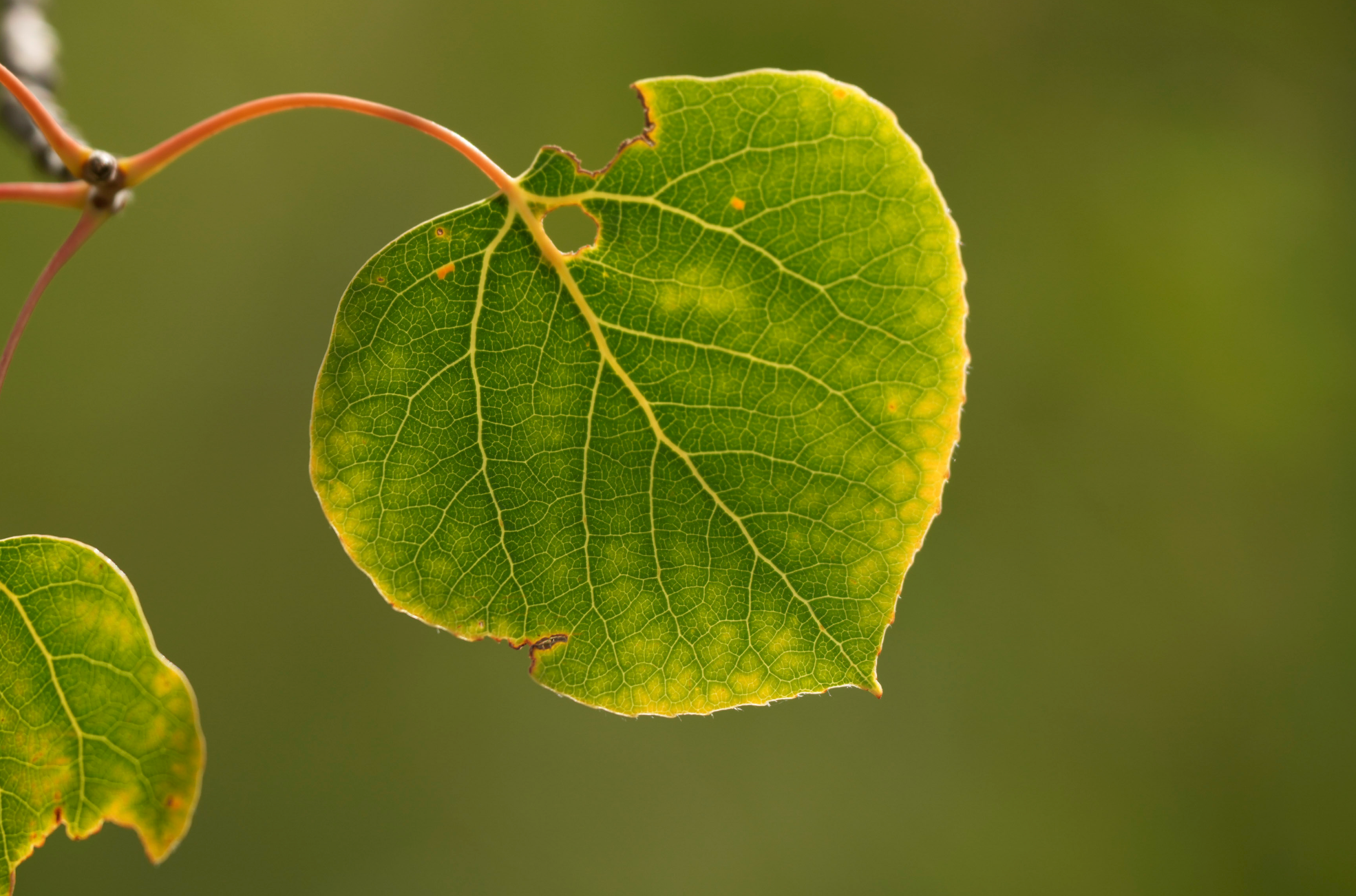
All spring and summer, as leaves unfurl their bright green solar panels, their exposed open surfaces collect fungal spores floating in the air. But fungi need moisture to grow, and there's almost no moisture in the summer, so these fungal spores simply sit and bide their time.
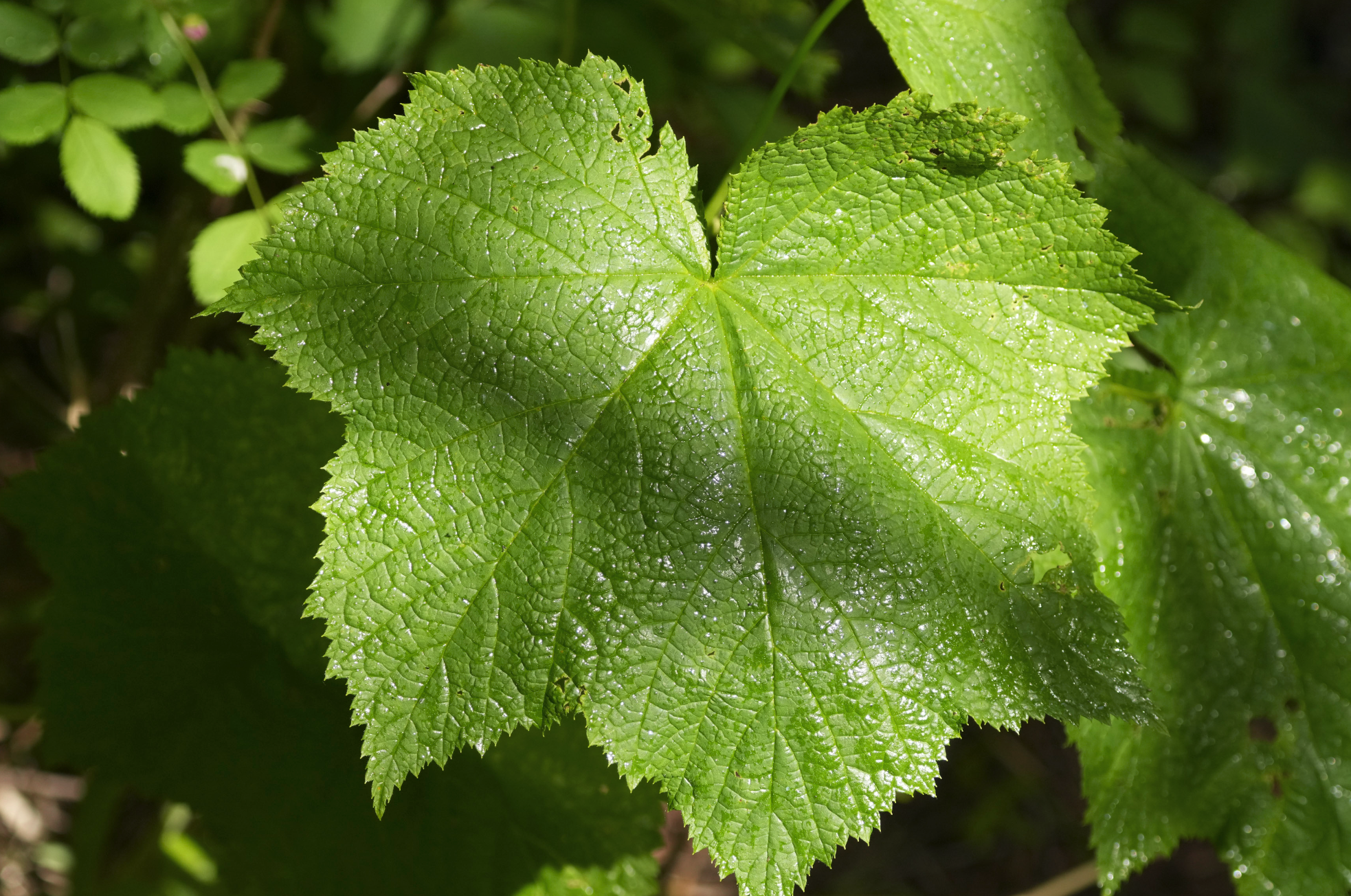
As summer begins to wane, two things happen: one is that there's more rain and moisture in the air, and the other is that plants begin to withdraw protective compounds from their leaves so these metabolically expensive compounds can be stored and reused the following spring.
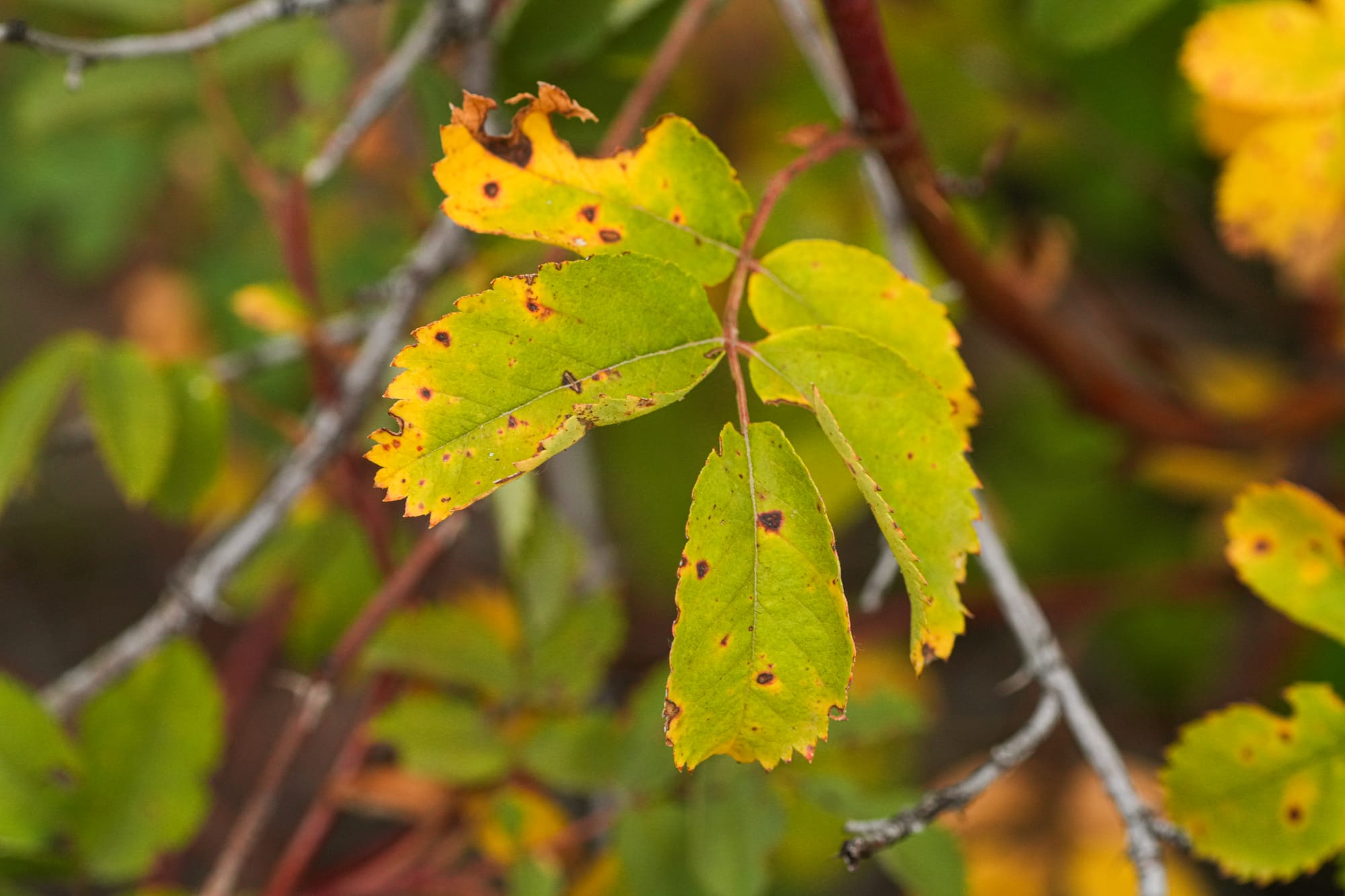
There are still a lot of nutrients in old leaves and as soon as a plant drop its leaves on the ground there's a furious race between bacteria, microbes, invertebrates, and fungi to be the first ones at this buffet. In this race, fungal spores have a distinct advantage because they have been waiting on the leaf all summer and can germinate and start eating a leaf long before it falls to the ground.
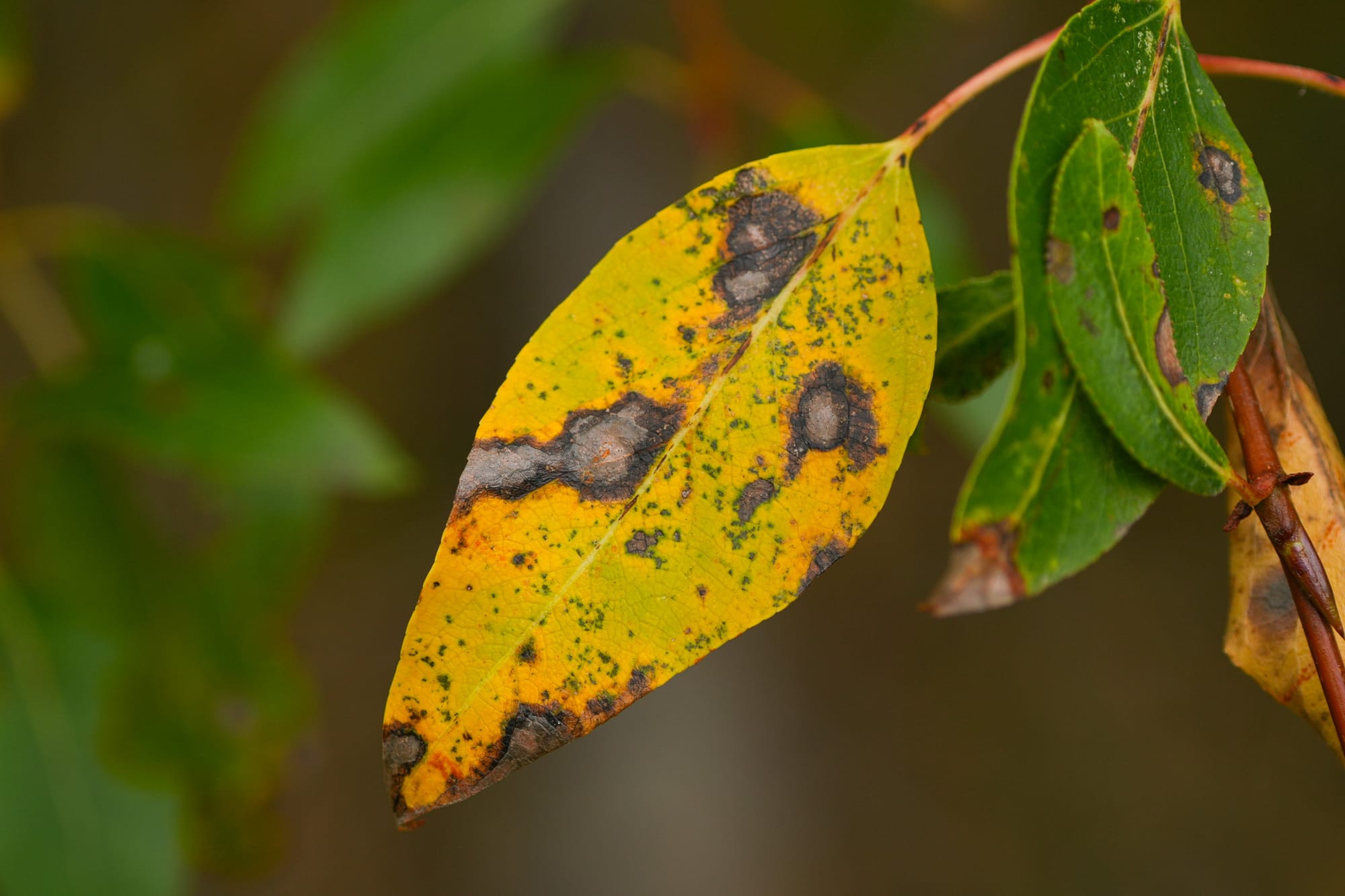
Look around and you can see this happening on all types of leaves right now. All those little patches of dark, dead tissue show where fungal spores are germinating and starting to "eat" leaf tissue even before the leaf begins to turn color.
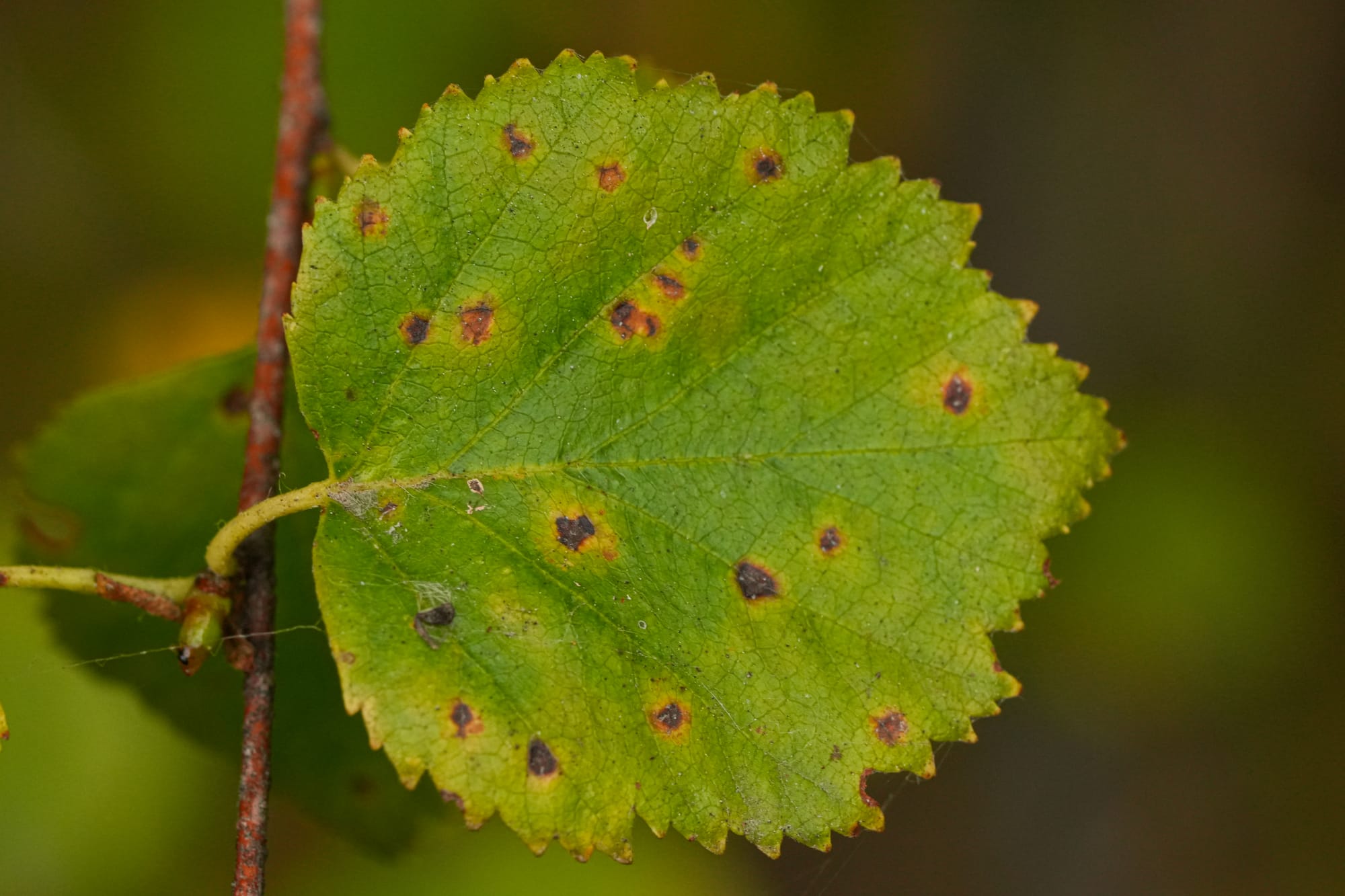
By the time a leaf turns color and falls to the ground, these fungi will have already been hard at work for weeks!

